Back in 2013, I was leading a strategic workforce transformation group for a large organization, reporting directly to the top executive. My small team of four to six people was responsible for supporting twenty-three different executives across the country, all while managing ongoing business needs and driving large-scale change initiatives. One of the most significant of these was transitioning the workforce to a more remote or distributed model—years before remote work became the norm.
To meet the massive demands with my limited team, I made the decision to build a hybrid team, blending internal staff with external consultants. The rationale behind this approach was fivefold:
- Staff Augmentation: By partnering with a consulting firm, I could quickly bring in the expertise I needed without going through the lengthy process of hiring full-time employees. This flexibility allowed me to fill skill gaps as they arose.
- Short-Term Expertise: I could tap into specific skills for a project and then pivot to different experts as needs changed. This adaptability was key in handling our complex, evolving projects.
- Access to Proven Resources: The consulting firm brought with them a wealth of prior experience and tools—frameworks, methodologies, and best practices—that my team could leverage, which significantly shortened our learning curve.
- Capacity Building: By treating both internal and external members as one cohesive team, my internal staff gained exposure to new knowledge and skills, boosting their own capacity while also learning on the job.
- Budget Optimization: Balancing internal staff costs with consulting expenses allowed me to optimize our performance while staying within budget. The different budget categories for internal and external resources helped ensure we met financial targets while still building a high-performing team.
The result? Our hybrid team of twelve, combining both internal and external talent, consistently outperformed larger teams in the organization. We integrated ourselves into the business strategy planning, acted as internal consultants for various service lines—saving them significant costs—and managed strategic initiatives under budget, with far greater success than previous efforts.
This hybrid model became central to the success of my team and helped us drive change that would have been impossible with internal resources alone.



